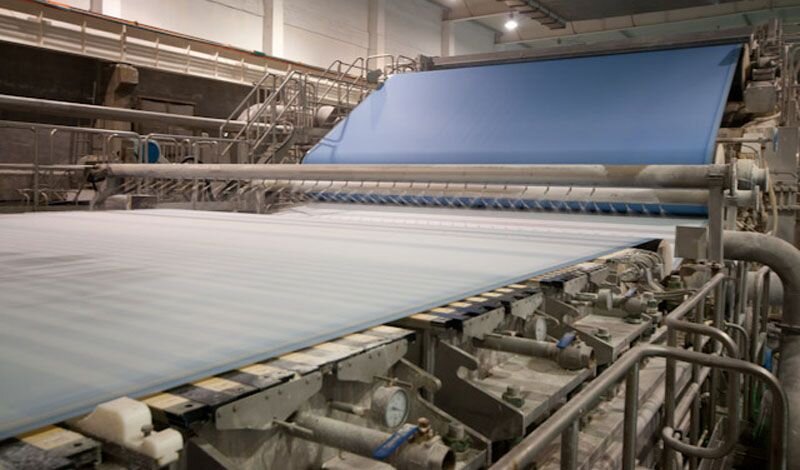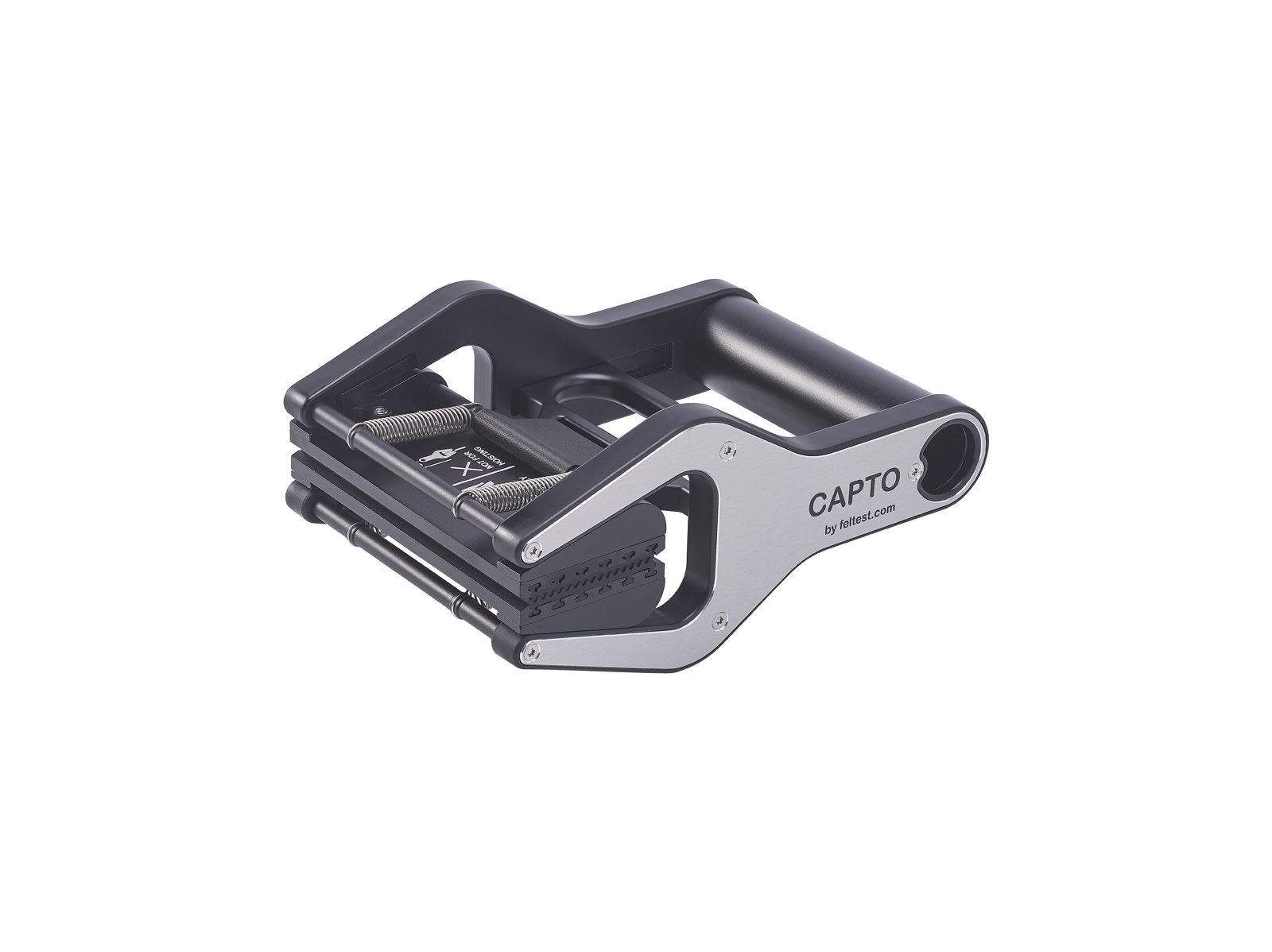5 tips for forming fabrics that will not lay flat
Under Paper Machine Clothing professionals (join the group on Linkedin) it is a common understanding that the forming section creates the best possible sheet; after that, the press and dryer sections are kindly requested not to ruin the sheet too much.
The forming section can only deliver that “best possible sheet” when the forming fabric lays flat. Waviness, ridges, or wrinkles disturb the weight and dewatering profiles of the sheet and therefore must be avoided.
Waviness happens when the stability of the forming fabric is not high enough to handle the Cross Machine Direction (CMD) forces that work on the fabric. Designing a forming fabric with enough stability is the supplier’s honorable task. In the meantime, the papermaker must try to reduce the CMD forces working on the fabric.
Troubleshooting Wrinkles and Ridges of forming fabrics, five easy solutions:
Carefully check the machine alignment
Misalignment of rolls or dewatering elements is the most common cause of waviness. Every machine part touching the fabric and which is not perfectly aligned will try to guide the fabric sideways. If on both tender and drive side forces are working towards the machining center, waves and ridges can appear. Read more about cross machine direction forces in the downloadable whitepaper Solving Guiding Problems on Forming Fabrics.
Roll speed differences
Just imagine that the couch roll is running a little bit faster than the main drive roll. The fabric will be more-or-less pushed into the pick-up zone. This creates a certain ‘surplus’ of fabric in that area, which results in waviness.
There are many possible causes for any driven roll to run faster or slower than expected; it can be an input error of the roll diameter into the Drive Control System (DCS), slip of the drive roll, a drive overload, etc. The first step however is to check if speed differences are the root cause for the waviness, so use the Feltest TrueSpeed Sensor to accurately measure the actual surface speed of both fabric and rolls.High-Pressure showers
High pressure showers clean by moving dirt particles through the fabric by force. When a nozzle wears, the amount of water hitting the fabric sharply increases, just as the forces on the fabric. This effect alone can create waviness in the forming fabric.
Additionally, little air bubbles in the high-pressure shower water have a devastating effect on the forming fabric. The HP shower will work like a machine gun on the yarns, which will break and the fabric will quickly lose its stability. Use a Feltest PocketStrobe for a high-pressure shower inspection during a machine shutdown.Narrowing of the forming fabric
Excessive narrowing of the forming fabrics can be a cause for ridges and waviness too. Narrowing can be an indication of less than ideal heat setting by the supplier, but it can also be a sign that the paper machine’s tensioning system must be inspected. Measure the fabric tension with a Feltest TensioMaster on several spots of the fabric, both on the tender and drive side, and look for irregularities. Also, make sure your tensometer is in a good condition. Worn tensometers typically give too low test results, which makes papermakers increase the tension to (far) too high levels. Read more about this phenomenon in the downloadable whitepaper Poorly Maintained Tension Meters May Cause Severe Damages.
Creases during installation
Forming fabrics are delicate and it is quite easy to damage them during installation. When the fabric has to be pulled over the rolls towards the drive side, the crew needs a good grip. To avoid creases near the drive side edge of the fabric, use a number of Feltest Capto pullers. By the way: they’re also great for installing felts and dryer fabrics!
“Felt and wire tension is extremely important especially for drainage. I always endorse this to people.”
These are only 5 of many more machine-related solutions against the waviness of forming fabrics. Also, the fabric must have the stability that is needed for your machine and circumstances; contact your suppliers to learn what they can do to increase stability.
Troubleshooting usually means identifying the differences between the current situation and when the machine was running well. Only when you know that you can start working on the solution. Therefore I am a big fan of collecting Paper machine Clothing data when the machine is running well, as it will give you this most important baseline for troubleshooting.
So remember DDPP - Daily Data Powers Production.
Toward better Paper Machine Clothing,
Marcel
Featured products
The Feltest TensioMaster is the world’s best known device to measure tension in forming fabrics, press felts and dryer screens. Running with correct tension improves the machine’s runnability.
Prices are in US $
The PocketStrobe LED fits in the palm of your hand, is robust and waterproof. Ideal for around the paper machine.
Prices are in US $
Measure what matters: the surface speed. Detect slipping rolls and reduce machine clothing wear, input errors and hard-to-find runnability problems. The TrueSpeed Sensor makes measuring easy, quick and dependable!
Note: the TrueSpeed Sensor needs to be combined with a Feltest SpeedController (not included).
Prices are in US $
Machine stops should be as short as possible; so your paper machine clothing should be installed as fast as possible. The Capto helps you do just that. The Capto puller gives the operators the ease and comfort necessary to do the job more safely, quicker, and with less effort.
Shipping next business day, prices are in US $






